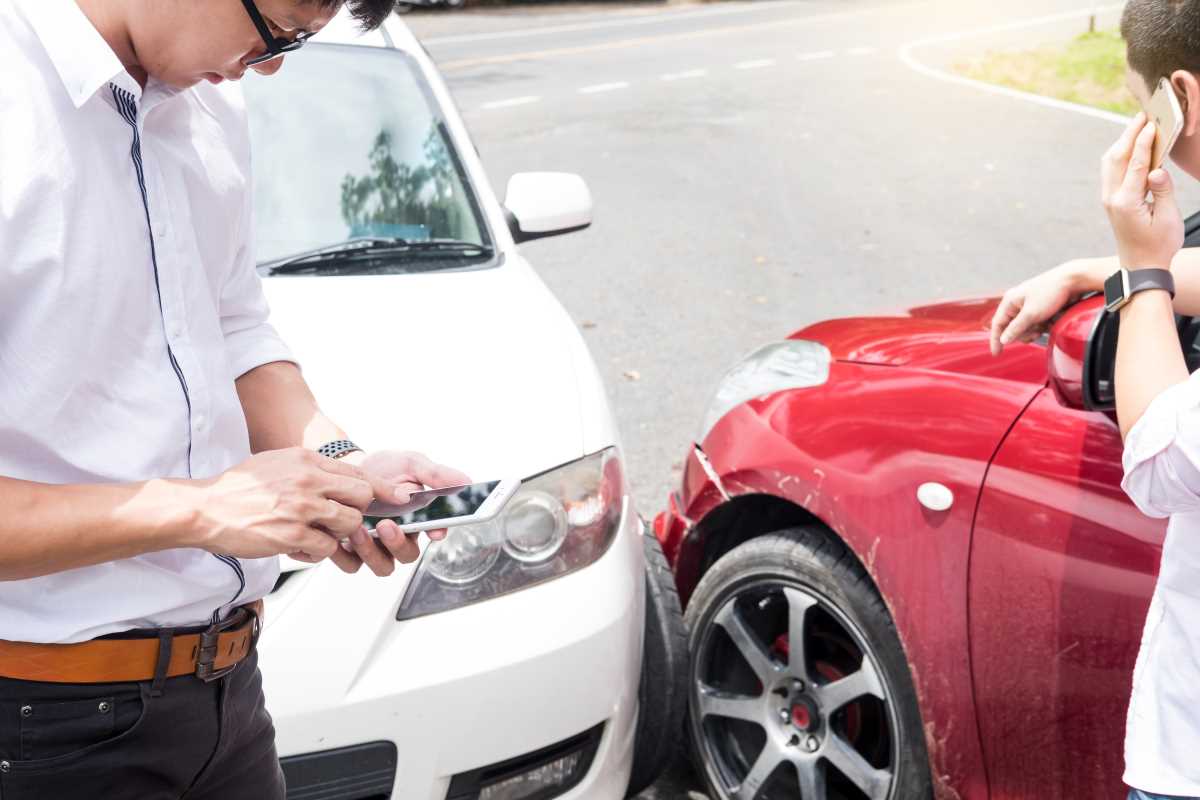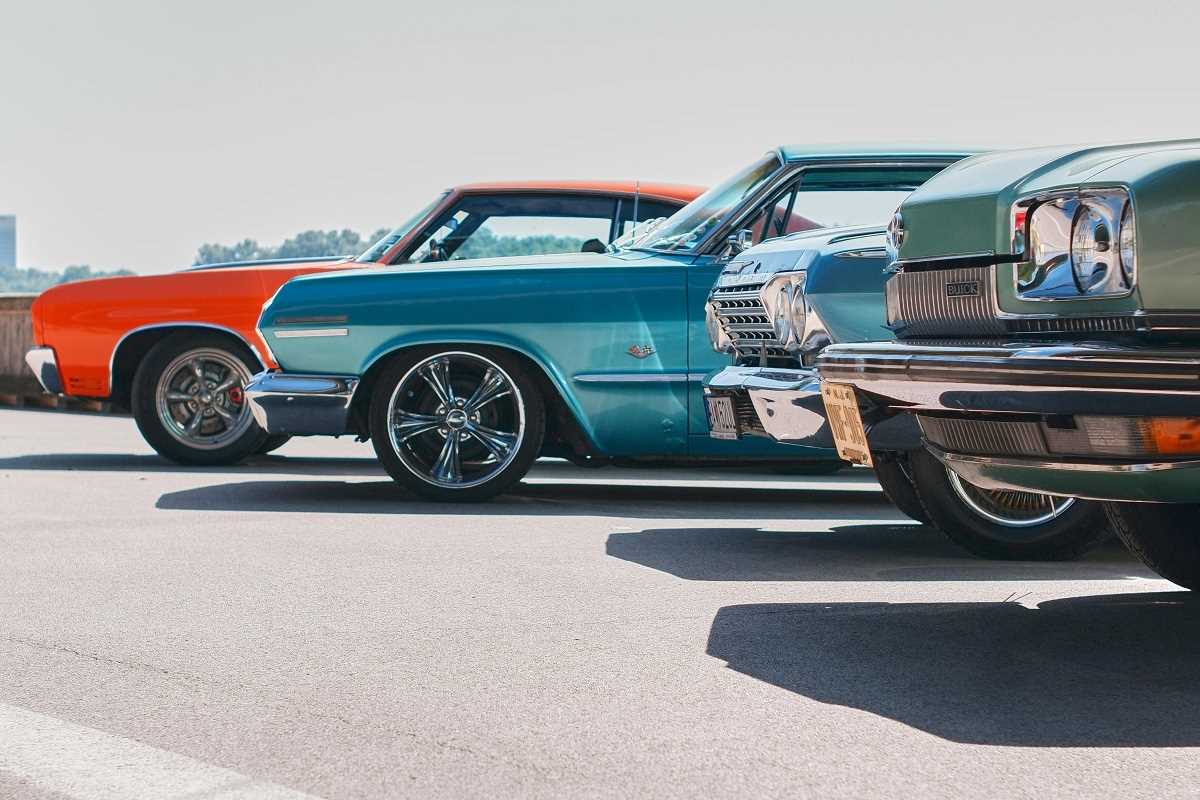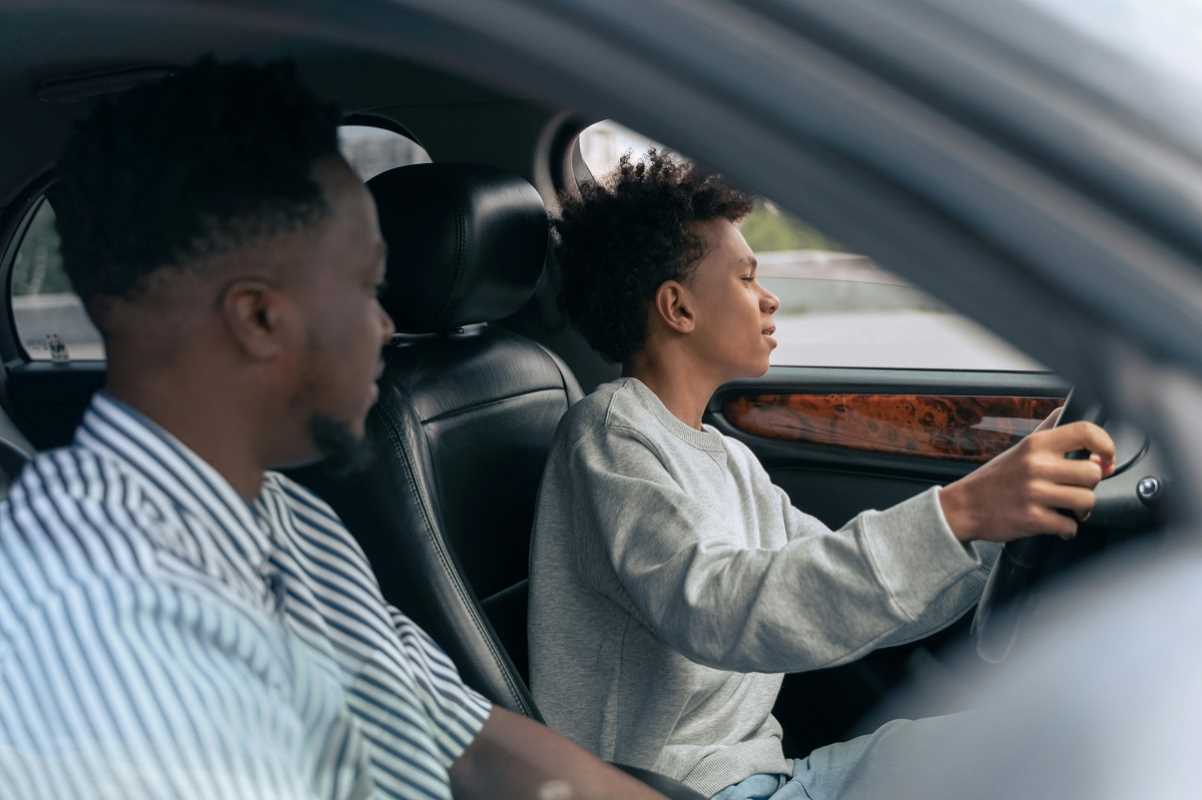Driving for a rideshare service like Uber or Lyft can be an excellent way to earn extra income, but it also comes with unique risks. Understanding the types of insurance you need as a rideshare driver is crucial to protecting yourself financially in case of an accident. This guide explores the essential insurance coverages for rideshare drivers and what each provides.
What Is Rideshare Insurance?
Rideshare insurance is a specialized type of coverage designed to fill the gap between your personal auto insurance policy and the coverage provided by your rideshare company.
- Why It’s Important: Standard personal auto insurance policies typically exclude coverage for commercial activities like rideshare driving. This means if you’re in an accident while driving for Uber or Lyft and you don’t have rideshare insurance, your claim may be denied.
- What It Covers: Rideshare insurance generally applies to “Period 1” of your rideshare operations. This is the time when you’re logged into the rideshare app but haven’t accepted a ride request yet. During this period, rideshare companies offer only limited liability coverage, often leaving gaps for physical damage to your vehicle and injuries.
- Should You Get It?
- If you’re driving for a rideshare service, rideshare insurance is an essential add-on to your personal auto policy. Some auto insurers offer this coverage, and it’s often affordable and easy to include.
For example, if you’re waiting for a ride request and another car rear-ends you, rideshare insurance may cover the damage to your car that your personal policy would exclude.
Do You Need Personal Auto Insurance as a Rideshare Driver?
Yes, personal auto insurance is essential even if you’re a rideshare driver. However, it’s important to understand its limitations in ridesharing scenarios.
- How Personal Auto Insurance Works:
- This coverage applies when using your car for personal use, such as running errands or driving to work. It won’t cover accidents that occur while you’re engaged in rideshare activity.
- Why It’s Still Necessary:
- Most states legally require drivers to have personal auto insurance. Additionally, your personal policy is critical for everyday driving since rideshare insurance only applies when you’re actively on the app.
Be aware that if your insurer discovers you’re driving for a rideshare service without disclosing it, they could cancel your policy. Always declare your rideshare activities to your insurer to ensure proper coverage.
What Does a Rideshare Company’s Insurance Cover?
Rideshare companies like Uber and Lyft offer insurance for drivers, but the coverage varies depending on which period of rideshare activity you’re in.
- How It’s Broken Down:
- Period 1 (App is on, but no ride request): Limited liability coverage typically applies, such as $50,000 per person for injuries and $25,000 for property damage. However, this doesn’t cover your car or your injuries.
- Period 2 (Ride accepted, en route to pick-up): Comprehensive coverage begins, including liability, collision, and uninsured motorist coverage. Often, the collision coverage has a $1,000 deductible.
- Period 3 (Passenger in car): The same comprehensive coverage as Period 2 applies.
- What’s Excluded:
- During Period 1, there’s typically no coverage for damage to your car or medical expenses for yourself unless you have rideshare insurance. For collision coverage to apply in Periods 2 and 3, you must also have collision and comprehensive coverage on your personal policy.
For instance, if you’re driving a passenger to their destination and you’re in an accident, Uber or Lyft’s insurance would cover the damage. However, during the time you’re waiting for a ride request, you’d rely on your rideshare insurance to fill the gap.
Why Is Gap Coverage Important for Rideshare Drivers?
Gap insurance is crucial for rideshare drivers who finance or lease their vehicles, as it helps cover the difference between what you owe on the car and its actual cash value (ACV) if it’s totaled in an accident.
- The Issue of Depreciation:
- Cars lose value quickly, often faster than you can pay off the loan. If your vehicle is totaled while driving for a rideshare service, gap insurance can ensure you’re not left paying out of pocket for a car you can’t drive.
- How It Works for Rideshare Drivers:
- Since rideshare driving can accelerate wear and tear on your vehicle, it’s important to have gap insurance in place. This ensures you’re protected financially, even in worst-case scenarios.
For example, if you owe $18,000 on your financed vehicle but its ACV is only $14,000, gap insurance would cover the $4,000 difference.
Do You Need Uninsured/Underinsured Motorist Coverage?
Uninsured/underinsured motorist (UM/UIM) coverage is critical for rideshare drivers because accidents involving drivers without sufficient insurance can leave you vulnerable.
- What It Covers:
- Medical expenses for you and your passengers if an uninsured or underinsured driver causes an accident.
- Compensation for lost wages or pain and suffering if the other driver’s coverage is minimal or nonexistent.
- Why It’s Important:
- Even though rideshare companies typically provide UM/UIM coverage during Periods 2 and 3, having this coverage on your personal auto policy can protect you during Period 1 and non-rideshare driving.
Consider a scenario where another driver hits you while you’re off-duty, and they don’t have enough insurance to cover your medical bills. Your UM/UIM coverage would step in to cover the gap.
Should Rideshare Drivers Consider Collision and Comprehensive Coverage?
Yes, collision and comprehensive coverage are essential for protecting your vehicle, whether you’re using it for rideshare or personal use.
- Collision Coverage: Pays for damage to your car from accidents, regardless of fault.
- Comprehensive Coverage: Covers non-collision events like theft, vandalism, or weather-related damage.
These coverages ensure that your vehicle repairs or replacement costs are covered, even if the accident happens outside of rideshare activity.
For example, if your parked car is damaged by a falling tree branch, comprehensive coverage ensures you’re not left footing the bill.
What Other Coverages Should Rideshare Drivers Consider?
There are a few additional coverages that can be particularly beneficial for rideshare drivers:
- Medical Payments Coverage (MedPay): Covers medical expenses for you and your passengers, regardless of fault.
- Roadside Assistance Coverage: Provides services like towing, jump-starts, and flat-tire changes, which can be invaluable given how much time rideshare drivers spend on the road.
- Rental Reimbursement Coverage: Reimburses you for rental car costs if your vehicle is in the shop after an accident.
These add-ons can help minimize disruptions to your rideshare business if your car is out of commission.
 (Image via
(Image via





